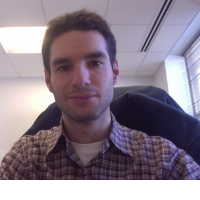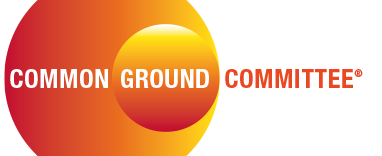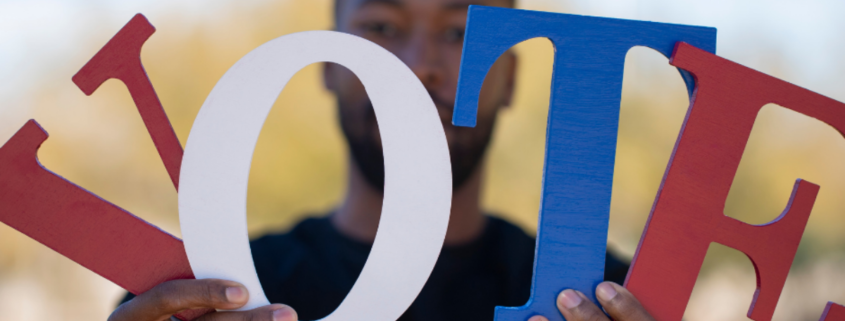Democracy Reform Group Spotlight: The Bridge Alliance
There has been a proliferation of groups dedicated to political reform today — and the organizational efforts to link them collaboratively.
The Bridge Alliance is one such umbrella organization that collects the energy and ideas and helps focus them into concerted efforts.
As part of a series on key players involved in reform, Common Ground Committee is hosting a series of Q&A sessions beginning with Jeremy Garson, Chief of Staff with The Bridge Alliance.
Common Ground Committee: How would you define the democracy reform movement?
Jeremy Garson, The Bridge Alliance: It started with people who believed the country as it stands is not a healthy democratic republic, and coming together to ask, What do we do to make it one? We might have different ideas of what the country should be, but we need to work together to accomplish our goals. We’ll accomplish more as a collaborative whole than as individuals doing what they want to do. From there, it evolved in so many different factions, so to encapsulate it in one definition is impossible. Really, anyone who’s trying to resolve that question and move in that direction — thousands of organizations and people —comprise the movement. In general, if you think you’re part of the movement, you’re likely part of the movement.

CGC: What’s the Bridge Alliance’s role?
JG: We consider ourselves to be an umbrella group for about 100 organizations working together. We try to take a 10,000-foot view from above; we see ourselves bringing together organizations who have a track record of success, or some degree of good-faith nonpartisanship, and most importantly, have a history of showing a willingness to collaborate. From there, we’re very inclusive. It’s nonpartisan in the sense that anyone with a range of leanings can be part of it, though of course a lot of the players have a clear ideological lean.
CGC: Tell us about what the Bridge Alliance does. In what ways do you pull together the factions?
JG: We have what we call “three buckets” our members fit into, which are three categories of focus work within the democracy reform movement. They are civic engagement; campaigns and the election process (making the vote more secure); and governance and policymaking, which means providing support to help elected officials do their job. What probably separates us from most organizations is that we’re not trying to propose specific solutions. We’re trying to create a marketplace of ideas, and show the American public, “Here are the options available to you, pick and choose what angle you care to get engaged in.” We’d like to help them understand the ways they can get involved, to understand reform opportunities out there, and what groups to connect with if they have certain ideas about ways the country should go. For example, if campaign finance is your thing, we have a group for you. And we get the word out about what our member-groups are doing. Getting all these balls rolling will eventually lead to healthier self-governance.
CGC: Can you give us an example of something you’ve spearheaded as a group?
JG: The Bridge Alliance Education Fund hosted a summit last October focused on bringing diversity into the reform movement — diversity by ideology, race and ethnicity, age and faith, and geography, and gathered all these people together with our member organizations in the D.C. metropolitan area. It involved a lot of honest networking with no cameras and no media, so everyone would feel free to engage without prying eyes. It wasn’t about inviting people to join the Bridge Alliance per se, but inviting them to engage with our members to make sure we were expanding these networks as large as possible through informal partnerships.
CGC: Are there any core beliefs or efforts that the Bridge Alliance shares as a whole?
JG: This isn’t going to sound like much, but we believe every eligible American should be able to vote, safely and securely. This plays to both progressive and conservative viewpoints, people concerned with issues of access and legitimacy. We present the arguments for mail-in voting because we have members who are dedicated to that as a good answer to the pandemic. And we have members focusing on ballot security as well.
I’m very proud of that diversity of opinion. Every single one of us has something that we’re wrong about, and you have to have a bunch of brilliant minds in the room to find solutions that work best.
Stay tuned for the next session in our series. Want to hear more on this and other important topics? Check out our newly launched Podcast “Let’s Find Common Ground” featuring top leaders.





